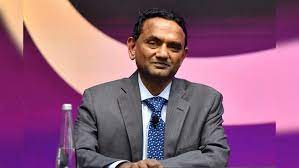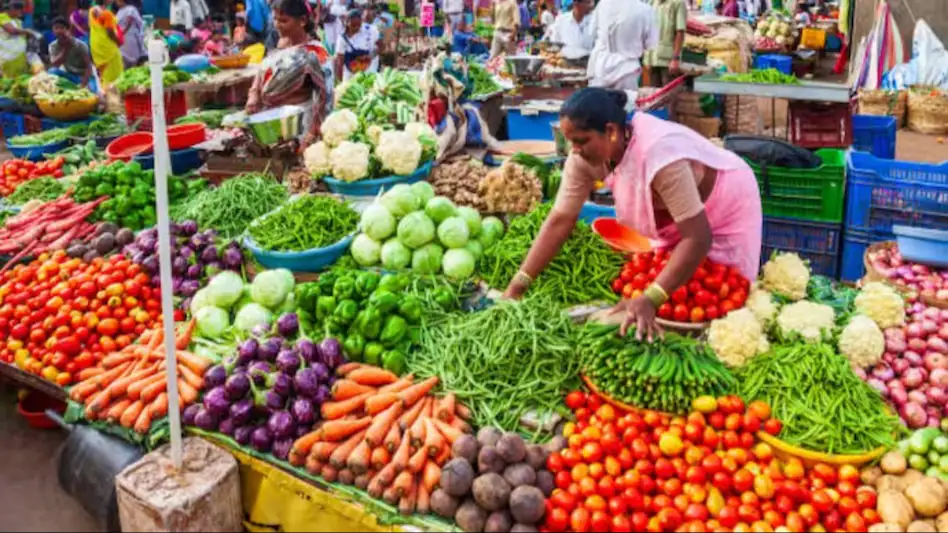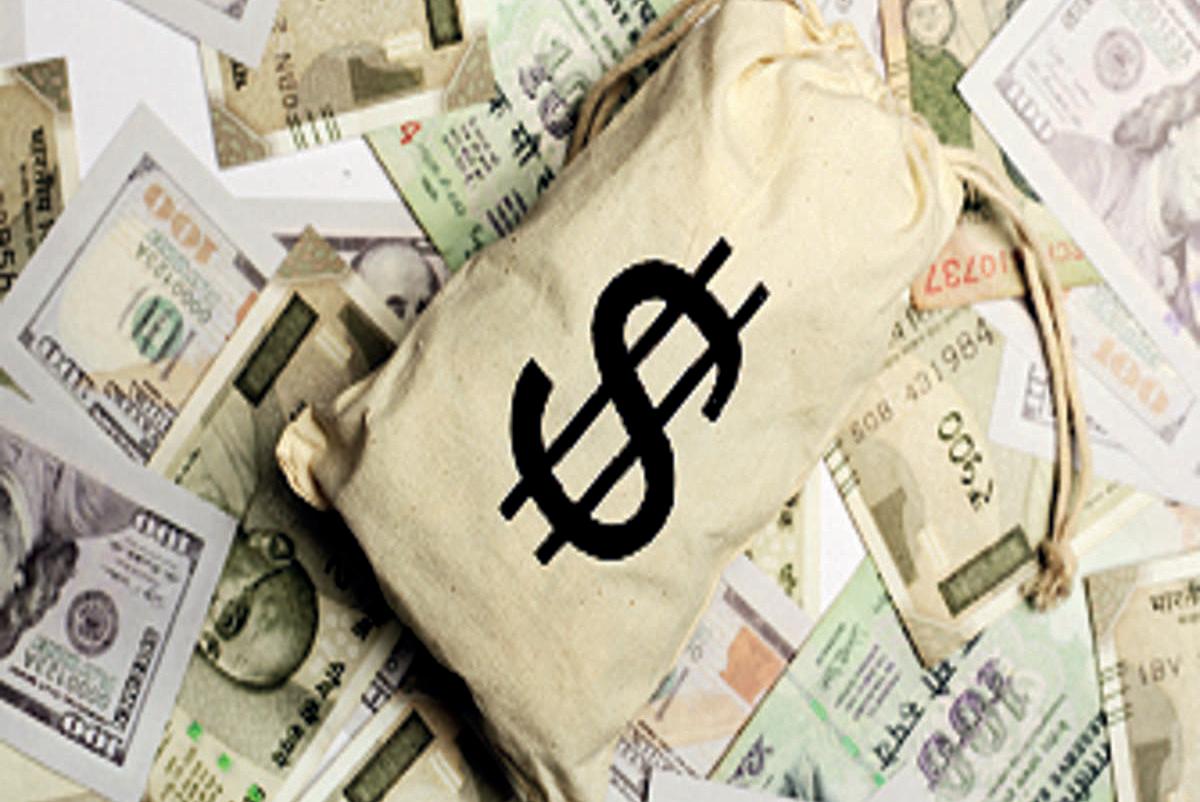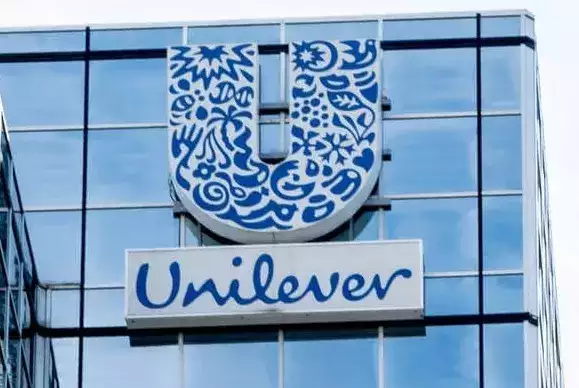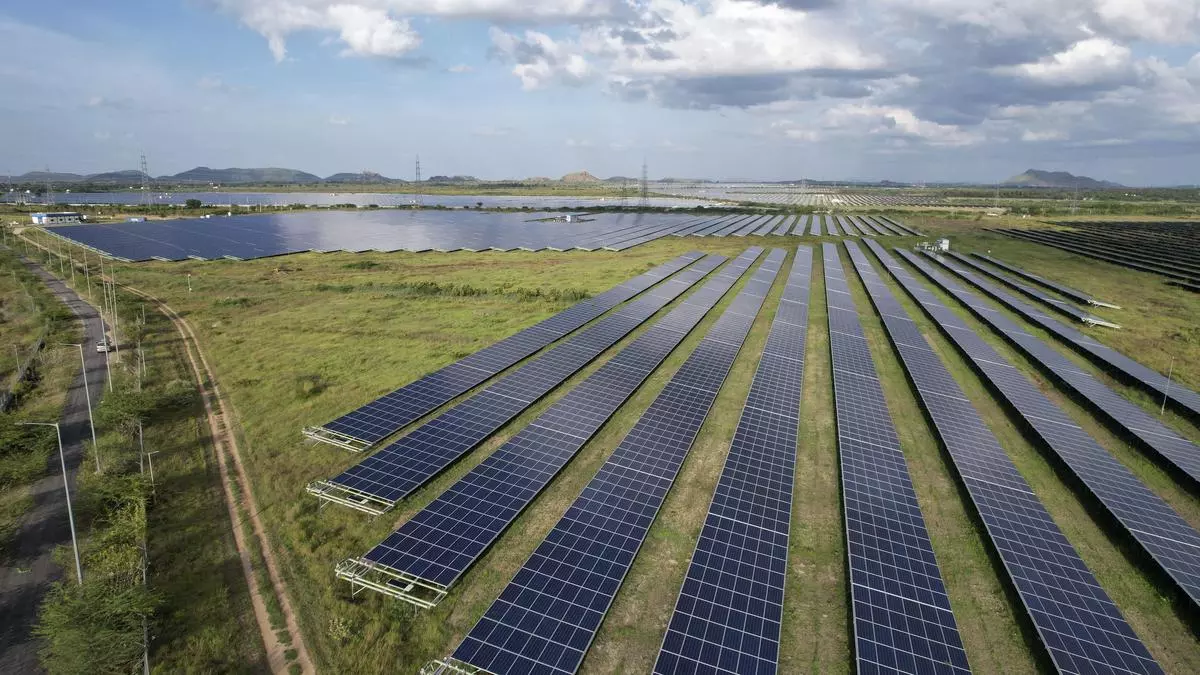In FY23-24, HUL’s consolidated net profit saw a modest 1.5% increase to Rs 10,277 crore from Rs 10,120 crore in the preceding year.
Hindustan Unilever Ltd (HUL) has reported a six per cent decline in standalone net profit for the fourth quarter of the financial year 2023-24 (Q4 FY24). The company’s net profit stood at Rs 2,406 crore, down from Rs 2,552 crore reported during the same period last year.
However, there was a positive trajectory in the company’s total income, which rose to Rs 15,441 crore in Q4, according to an exchange filing on BSE.
For the entire financial year 2023-24, HUL’s consolidated net profit saw a marginal increase of 1.5 per cent, reaching Rs 10,277 crore compared to Rs 10,120 crore reported at the end of the previous year.
Consolidated total income for the company for FY24 amounted to Rs 62,707 crore, marking a 2.64 per cent increase from Rs 61,092 crore reported in FY23.
Meanwhile, total expenses for the firm witnessed a 2.3 per cent rise, reaching Rs 48,783 crore from Rs 47,683 crore year-on-year.
HUL also announced a dividend of Rs 24 per share. The closing trading price of HUL’s shares on BSE was Rs 2,260.05 on Wednesday, prior to the release of the company’s financial results.
HUL’s performance in Q4 FY24 reflects a mixed bag of results, with a decrease in standalone net profit but an uptick in total income. The decline in standalone net profit could be attributed to various factors such as increased competition, rising input costs, and potentially sluggish consumer demand in certain segments.
Despite the challenges, the rise in total income for the quarter suggests that HUL has been able to navigate through the operating environment by leveraging its diversified portfolio and focusing on strategies to drive top-line growth. The FMCG giant has likely continued its efforts to innovate, introduce new products, and expand its distribution reach to tap into emerging markets and consumer segments.
Looking at the full financial year, the marginal increase in consolidated net profit indicates a steady performance for HUL amid a dynamic and competitive market landscape. The company’s ability to maintain profitability amidst evolving market conditions underscores its resilience and adaptability.
The growth in consolidated total income for FY24 highlights HUL’s sustained efforts to capitalize on market opportunities and drive revenue growth across its various business verticals. Despite facing headwinds such as inflationary pressures and changing consumer preferences, HUL seems to have managed to grow its top line, albeit modestly.
On the expense side, the moderate increase in total expenses underscores the importance of cost management and efficiency initiatives for HUL. As input costs fluctuate and operational challenges persist, controlling expenses becomes crucial for maintaining profitability and preserving shareholder value.
The announcement of a dividend of Rs 24 per share reflects HUL’s commitment to rewarding its shareholders while maintaining a healthy balance between reinvesting in the business and distributing profits.
Moving forward, HUL is likely to continue focusing on driving innovation, enhancing operational efficiencies, and strengthening its market position to sustain growth in the highly competitive FMCG sector. The company may also explore strategic initiatives such as acquisitions, partnerships, and portfolio expansions to capture emerging opportunities and address evolving consumer needs.
Overall, while HUL’s financial performance for Q4 FY24 presents some challenges, its ability to deliver growth in total income for the quarter and the full financial year demonstrates resilience and strategic agility in navigating a complex business landscape. As the FMCG industry continues to evolve, HUL remains well-positioned to capitalize on opportunities and deliver long-term value to its stakeholders.


 Opinion2 years ago
Opinion2 years ago
 Fashion7 years ago
Fashion7 years ago
 Entertainment7 years ago
Entertainment7 years ago
 Entertainment7 years ago
Entertainment7 years ago
 Opinion2 years ago
Opinion2 years ago
 Business News2 years ago
Business News2 years ago
 Policy&Politics2 years ago
Policy&Politics2 years ago
 Business News2 years ago
Business News2 years ago
